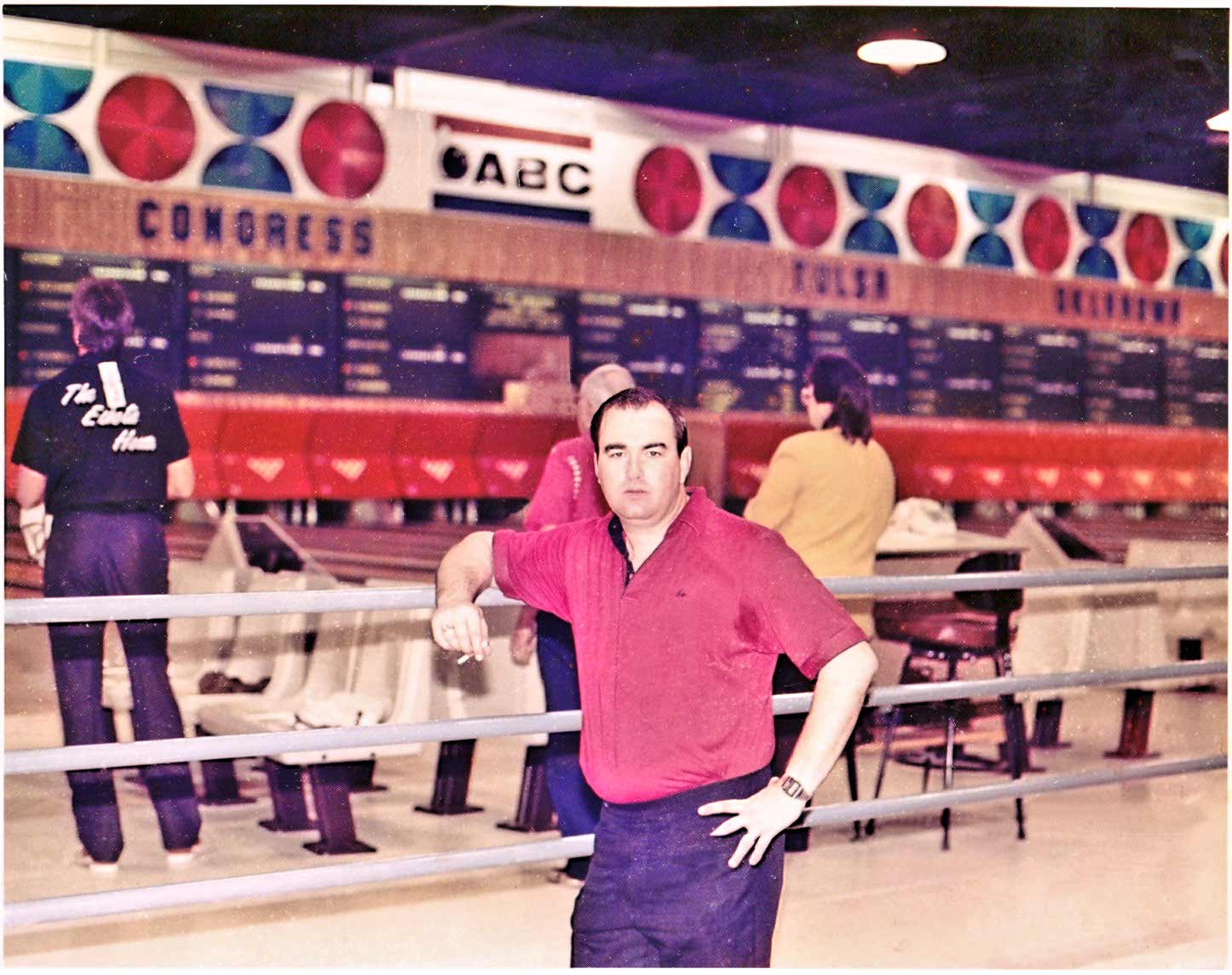- Paul Hammett

- 4 days ago
- 3 min read
Choosing the right drilling layout for your bowling ball can significantly affect your game. Two common options are pin up and pin down layouts. Understanding how each layout influences ball motion and control helps bowlers make informed decisions tailored to their style and lane conditions.
What Are Pin Up and Pin Down Layouts?
The pin on a bowling ball marks the top of the core inside. Its position relative to the finger holes determines the ball’s drilling layout.
Pin Up Layout: The pin is placed above the finger holes, closer to the thumb or fingers. This setup usually results in a longer skid phase before the ball hooks.
Pin Down Layout: The pin is positioned below the finger holes, closer to the palm. This layout encourages an earlier and stronger hook.
How Pin Position Affects Ball Motion
The core inside a bowling ball creates asymmetry that influences how the ball rolls and hooks. The pin’s location changes the ball’s dynamics by altering the core’s orientation.
Pin Down: The ball tends to travel further down the lane before hooking. This is ideal for bowlers who want more control on oily lanes or prefer a smoother, later hook.
Pin Up: The ball hooks earlier and more aggressively. This suits bowlers who need a sharper angle into the pocket or face drier lane conditions.
When to Choose Pin Down Layout
Pin up layouts work well for bowlers who:
Prefer a longer skid phase to conserve energy before the hook.
Bowl on medium to heavy oil patterns where early hook can cause the ball to overreact.
Want more control and predictability in ball motion.
Use balls with strong cover-stocks that already create significant friction.
For example, a bowler facing a house shot with heavy oil might choose a pin up layout to delay the hook, allowing the ball to reach the breakpoint with more energy and a smoother arc.
When to Choose Pin Up Layout
Pin down layouts benefit bowlers who:
Need the ball to start hooking earlier on the lane.
Bowl on medium to light oil patterns where the ball might skid too far.
Seek a sharper angle into the pocket for better pin carry.
Use balls with less aggressive cover-stocks that require help from the core.
For instance, a bowler competing on sport patterns with less oil might opt for a pin down layout to get the ball to react sooner and maintain control through the pins.
Other Factors to Consider
While pin position is important, other elements also influence ball reaction:
Mass Bias: Some balls have a mass bias marker that affects the ball’s roll and hook. Its placement relative to the pin and finger holes can fine-tune ball motion.
Drilling Angles: The angle between the thumb and finger holes changes the ball’s flare potential and axis rotation.
Cover-stock and Surface: The ball’s outer material and surface finish impact how it grips the lane.
Combining these factors with pin position allows for a customized ball reaction suited to individual styles and lane conditions.
Practical Tips for Choosing Your Layout
Talk to a certified pro shop operator who can analyze your style and lane conditions.
Test different layouts if possible to see how they affect your ball motion.
Consider your typical lane conditions and how aggressive or smooth you want your ball to react.
Remember that changing layouts might require adjustments in your release or targeting.
Summary
With USBC Silver Certified and Trained Coach/Instructor Paul Hammett with over 45 plus years of coaching experience in the Bowling Industry, I can recommend different options to assist you with ball choice and layout. By observing your game in action, we can fine-tune both ball selection and drilling layout to suit your unique release, axis of rotation, and approach. This hands-on approach allows us to match equipment to your natural physical game, maximizing your potential and making Paul Hammett in the Atlanta area, your ultimate choice as Coach! Pin up and pin down drilling layouts offer distinct ball reactions. Pin up layouts provide a longer skid and smoother hook, ideal for heavier oil or controlled play. Pin down layouts create earlier, stronger hooks suited for lighter oil or sharper angles. Understanding these differences helps bowlers select the best layout for their game and lane conditions.
Text: 678*643-4005
Email: hammett488@charter.net



